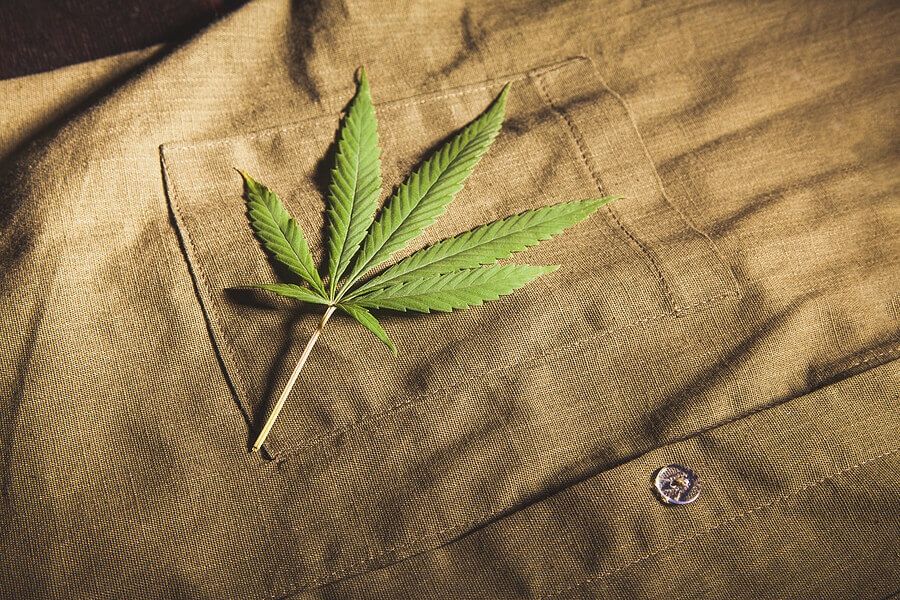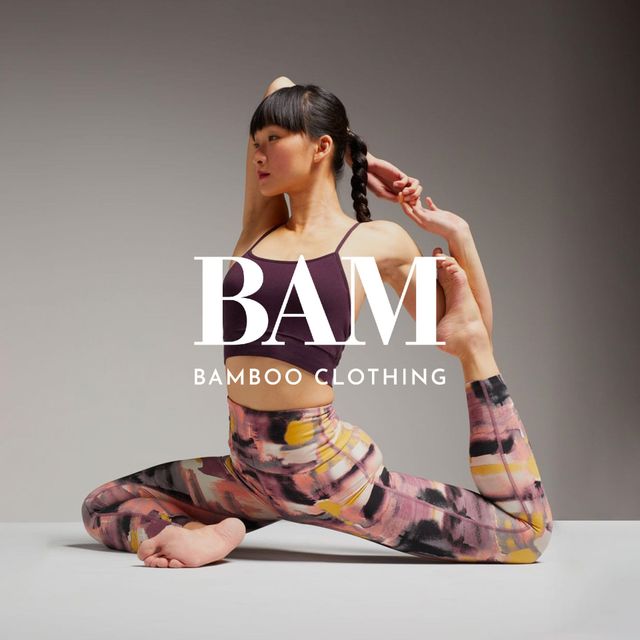Recommended News On Deciding On Bamboo Clothing
Wiki Article
What Are The Environmental Benefits Of Hemp Clothing That Is Low-Impact?
The hemp clothing made from low-impact is more sustainable than clothes made of synthetic fibers. Hemp clothing is eco-friendly. It is a rapid-growing crop that uses less water, pesticides, or herbicides in comparison to other crops. Hemp thrives in all climates. It also is able to adapt to soil varieties.
Lower water usageReduced Water Usage Hemp typically requires significantly less water than conventional cotton, which is known for its high water consumption. Hemp is a water-efficient option to make clothing.
Hemp can grow without herbicides or pesticides. In many cases this can reduce the impact on the environment of chemical farming.
Soil Health Hemp cultivation can boost soil health due to its deep root system which helps prevent soil erosion and compaction. Hemp leaves the soil better prepared for future crops.
Biodegradability biodegradability Hemp fibers biodegrade and decompose naturally over time. This reduces the environmental burden from textile waste. Synthetic fibers like polyester, can last up to hundreds of years before they decompose.
Low Carbon Footprint - The hemp fibers have a less carbon footprint than synthetic materials. Furthermore, hemp is able to capture carbon dioxide from the atmosphere as it grows, acting as carbon sink.
Hemp clothing is known to be durable and long-lasting. High-quality hemp clothing can last an extended time, decreasing the necessity to replace them frequently.
Hemp plants are naturally resistant to pests. This reduces the necessity for pesticides.
Flexibility- Hemp is a great material for a wide range of textiles, including clothing, bags and accessories. This makes it a sustainable and versatile choice for clothing and textiles.
Regenerative Agriculture- Certain sustainable farming practices incorporate hemp into regenerative agricultural systems that aim to improve and restore ecosystems while producing crops. It could have positive effects on the environment.
Although hemp is a great source of environmental benefits, its overall sustainability is impacted by other factors including transportation, dyeing and the behavior of consumers. In addition, like any other industry, there may be variations in production practices and standards. Therefore, it's recommended to seek out certified organic or sustainable hemp clothing alternatives to get the best environmental benefits. Take a look at the best hemp clothing for more advice including patagonia island hemp pants, t shirt hemp, patagonia iron forge jacket, jungmaven t shirt, nomad hemp wear, patagonia work pants hemp, hemp t shirt mens, mens hemp t shirts, patagonia double knee pants, patagonia volley shorts and more.
What Gives Hemp Fibres Its Moisture-Wicking, Breathable And Thermoregulating Properties?
Hemp fibres have unique structural and chemical properties which make them air-tight. They also have moisture-wicking properties. These properties result from the interaction of several factors. Microscopic structure- Hemp fibers possess pore-like hollow structures that allow air to circulate through the fibers. This porosity allows them to be extremely ventilated. When knitted or woven together, this pattern permits airflow. It aids in ventilation by preventing moisture and heat from getting trapped in the skin.
Hemp Fibers Absorb Moisture and Wicking- Hemp fibers are hydrophilic. This means that they have an affinity for water. They can also absorb moisture quickly. Hemp fibers are able to absorb sweat or moisture from your body, eliminating the feeling of wetness. The fibers of hemp are also effective at dispersing moisture from the body and allows it to evaporate more quickly. This feature of wicking moisture keeps you feeling comfortable and dry in intense physical activity or during hot temperatures.
Hemp fibers are a natural source of thermal regulation properties. They can hold heat close to the body in cold weather, providing warmth. In hot weather they help to cool down by allowing excess moisture and heat to escape. The thermoregulatory properties of hemp make hemp clothing appropriate for a wide range of temperatures and activities.
Anti-Microbial properties- Hemp fibers have natural antimicrobial properties that can assist in stopping the growth of odor-causing bacteria. This characteristic contributes to the freshness and odor resistance of hemp clothing, even when you are physically active.
Hemp clothing is tough and long-lasting. It can be washed and worn over and over without loosing its breathability or the ability to remove moisture. This durability increases the life of hemp clothes. This reduces the need for replacements as well as the impact on the environment.
UV Protection Hemp fibers are a natural UV protectant, shielding the skin from damaging UV Rays. The ability of hemp clothing to block UV radiation is ideal for outdoor activities.
These properties of hemp are intrinsic and are not influenced by additives or chemical treatments. Hemp's natural characteristics are what make it an eco-friendly and comfortable fabric, specifically for activewear, outdoor clothes and warm weather clothes. The inherent characteristics of hemp remain throughout the time that hemp fibers have been processed and then woven into textiles. Therefore, they are appropriate for eco-friendly and practical clothes. Take a look at the recommended hemp clothes for more tips including hemp cotton fabric, hemp hoodie, hemp garments, hemp pants womens, hemp mens jeans, nomad hemp clothing, hemp tees wholesale, patagonia hemp vest, hemp tee shirts, hemp clothing womens and more.

What Are Some Advantages Of Bamboo Clothing For The Environment And Comfort?
Bamboo clothing comes with many benefits when it comes to both comfort and the environment. Comfort-
Softness Bamboo fabric is well-known for its extraordinary softness. It is silky and smooth to touch, making it soft on the skin. Bamboo clothing is popular for its luxurious softness, which makes it an excellent option for activewear, loungewear and intimate clothes.
Breathability - Bamboo fibers can be naturally moisture-wicking and breathable. The micro-gaps of the fabric permit air to flow, keeping you comfortable and cool in hot temperatures. The moisture-wicking properties help remove sweat from your body, reducing dampness.
Bamboo clothing is a great option for thermoregulation. It helps keep you warm in colder temperatures by retaining the heat near to your skin. In hot weather it will aid in keeping you cool by allowing the excess heat and moisture to go away. Bamboo clothing is suitable to wear all year round because it is adaptable to different temperatures.
Hypoallergenic Bamboo is hypoallergenic due to nature, and it is gentle on sensitive skin. Bamboo fabric will not cause irritation or allergic reactions, making it a comfortable choice for people who have skin sensitivities, allergies or.
Bamboo fibers can be resistant to odors because of their antimicrobial nature. This feature helps bamboo clothing to stay fresh even after physical activities.
Environment-
Sustainability- Bamboo is an extremely sustainable and renewable resource. Bamboo is one the fastest-growing plants in the world. It requires a minimum amount of water to grow and requires no pesticides. Bamboo is harvested and the plant will regenerate by regrowing its roots.
Bamboo is water efficient due to nature. It is able to thrive even without irrigation, and often can be planted by rainwater only. This reduces the environmental impact associated from agricultural water use.
Biodegradability. Bamboo clothing is biodegradable. They naturally decompose with time. This feature helps to reduce the quantity of non-biodegradable fabric material that ends up in landfills.
Carbon Sequestration. Bamboo plants can absorb carbon dioxide out of the air as they expand rapidly. Bamboo cultivation is a carbon sink that could help in mitigating climate changes by reducing greenhouse gases.
Chemical Reduction - The manufacturing and processing of bamboo fabrics generally requires less chemicals than other types of textiles. This can help reduce the impact on the environment that manufacturing textiles produces.
Closed-Loop Production- A few bamboo fabric manufacturing processes employ closed-loop systems, which recycle and reuse water as well as chemicals, thus reducing pollution and waste.
It is important to keep in mind that the environmental impact can depend on the manufacturing process, and whether the bamboo used came from sustainably managed and ethically controlled bamboo forests. Bamboo clothing made using eco-friendly practices will provide the greatest environmental benefit. View the recommended weblink about bamboo clothing for more advice including childrens bamboo socks, bamboo pants womens, bamboo clothing underwear, bamboo t shirts wholesale, bamboo clothing wholesale, bamboo trousers mens, bamboo cay christmas shirts, cotton bamboo pajamas, bamboo undergarments, bamboo pants mens and more.
